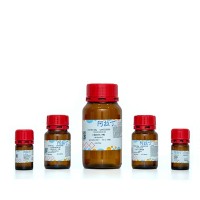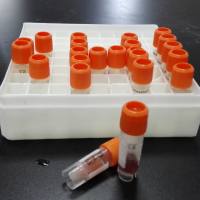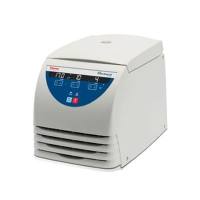Microprinting of Liver Micro-organ for Drug Metabolism Study
互联网
597
In their normal in vivo matrix milieu, tissues assume complex well-organized 3D architectures. Therefore, a primary aim in the tissue engineering design process is to fabricate an optimal analog of the in vivo scenario, in which the precise configuration and composition of cells and bioactive matrix components can establish the well-defined biomimetic microenvironments that promote cell–cell and cell–matrix interactions. With the advent and refinements in microfabricated systems which can present physical and chemical cues to cells in a controllable and reproducible fashion unrealizable with conventional tissue culture, high-fidelity, high-throughput in vitro models are achieved. The convergence of solid freeform fabrication (SFF) technologies, namely microprinting, along with microfabrication techniques, a 3D microprinted micro-organ, can serve as an in vitro platform for cell culture, drug screening, or to elicit further biological insights. This chapter firstly details the principles, methods, and applications that undergird the fabrication process development and adaptation of microfluidic devices for the creation of a drug screening model. This model involves the combinatorial setup of an automated syringe-based, layered direct cell writing microprinting process with soft lithographic micropatterning techniques to fabricate a microscale in vitro device housing a chamber of microprinted 3D micro-organ that biomimics the cell’s natural microenvironment for enhanced performance and functionality. In order to assess the structural formability and biological feasibility of such a micro-organ, 3D cell-encapsulated hydrogel-based tissue constructs are microprinted reproducibly in defined design patterns and biologically characterized for both viability and cell-specific function. Another key facet of the in vivo microenvironment that is recapitulated with the in vitro system is the necessary dynamic perfusion of the 3D microscale liver analog with cells probed for their collective drug metabolic function and suitability as a drug metabolism model.









